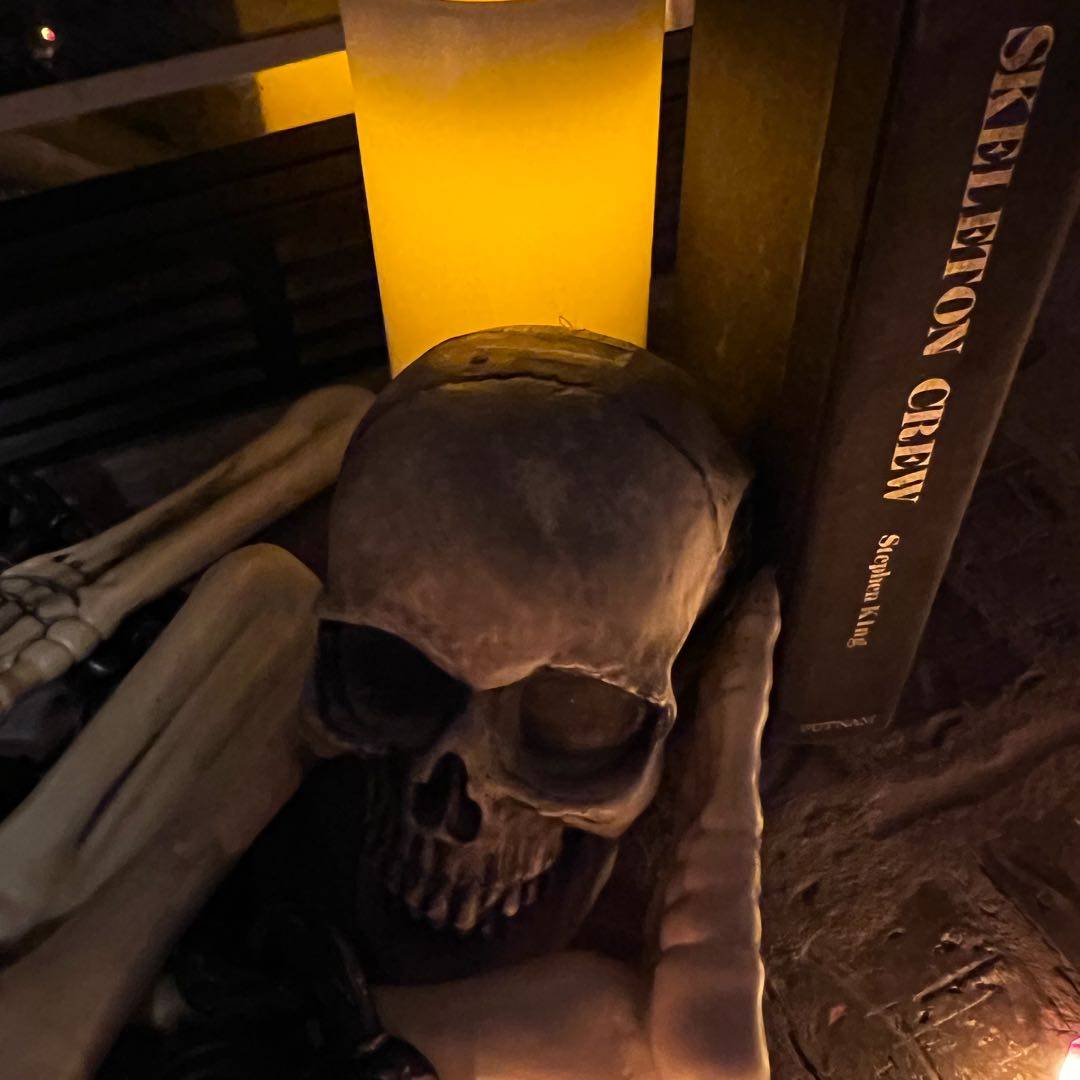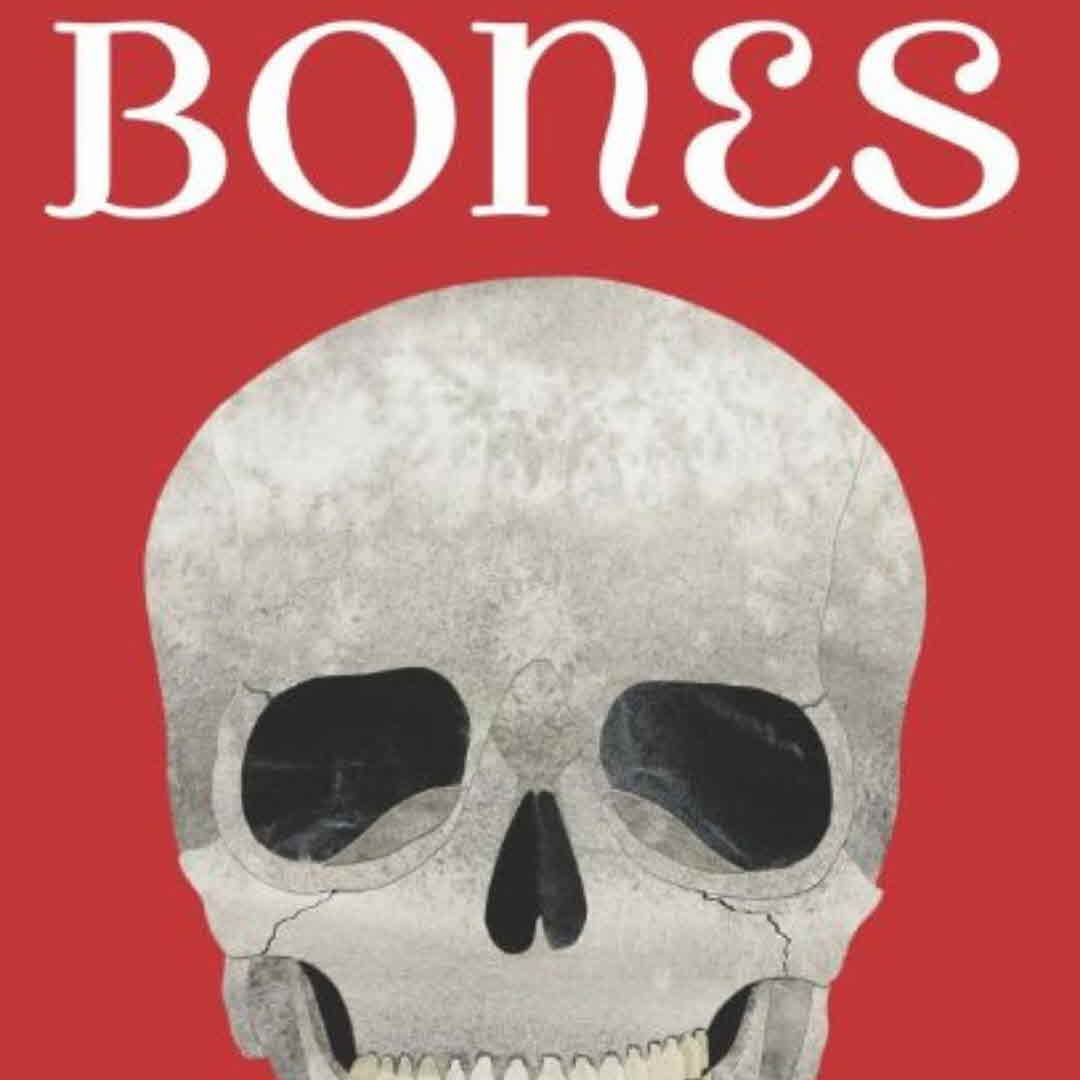
#scarathlonphotochallenge #mischiefandmayhem #scarathlon
Day 2:Bones
I read Skeleton Crew a long time ago, and it came in handy for my photo 💀

#scarathlonphotochallenge #mischiefandmayhem #scarathlon
Day 2:Bones
I read Skeleton Crew a long time ago, and it came in handy for my photo 💀

Yea I really feel this way about certain books 🙌🏽📖😋

In this really cool NF picture book, Steve Jenkins uses his fantastic art to teach kids about skeletons - both human and animal. This would be a great book for RA, CR, SR, and even AS.
The following lesson plan has a really fun activity for the kids involving clay!: http://picturebooksbeyondbasics.blogspot.com/2011/07/bones-skeletons-and-how-the...